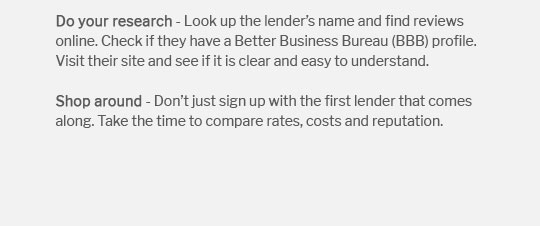 |
|||
 |
 |
 |
 |
|
|---|---|---|
 |
 |
|
 |
 |
|
 |
 |
 |
 |
Current Mortgage Rates in Connecticut: A Comprehensive OverviewIn the ever-evolving landscape of real estate and finance, understanding the current mortgage rates in Connecticut becomes crucial for prospective homeowners and seasoned investors alike. With the state's rich history and vibrant communities, it's no surprise that Connecticut remains a sought-after locale for residential investments. As of now, mortgage rates across the United States, including Connecticut, are experiencing fluctuations influenced by a myriad of economic factors. This article delves into the nuances of these rates, providing a thorough examination that is both informative and engaging. Firstly, it is essential to grasp the fundamental determinants of mortgage rates. These rates are not arbitrary but are influenced by the Federal Reserve's monetary policies, inflation expectations, and the overall economic climate. Currently, the Fed's policies aim to balance economic growth with inflation control, impacting interest rates directly. In Connecticut, the rates are also shaped by state-specific economic conditions, such as employment rates and housing market dynamics. For those navigating the Connecticut housing market, understanding the distinction between fixed and adjustable-rate mortgages (ARMs) is vital. A fixed-rate mortgage offers stability, with a constant interest rate over the loan's life, appealing to those who value predictability in their financial planning. Conversely, an adjustable-rate mortgage, which typically starts with a lower initial rate, can fluctuate based on market conditions, thus requiring a more strategic approach. As of the latest data, Connecticut's average 30-year fixed mortgage rate hovers around 4.5%, a figure that might seem higher compared to previous years but reflects the broader national trend of rising rates. This increment is partly due to the Federal Reserve's efforts to curb inflation by tightening monetary policy. However, it's noteworthy that rates can vary significantly depending on the lender, credit score, loan amount, and property location, among other factors. Potential borrowers should also consider the benefits of seeking pre-approval from lenders, which not only provides a clearer picture of what one can afford but also strengthens their bargaining position when negotiating with sellers. Moreover, shopping around for the best rate can lead to significant savings over the life of the loan. Utilizing online comparison tools and consulting with multiple lenders are recommended strategies for securing favorable terms.
In conclusion, while navigating the mortgage landscape in Connecticut can seem daunting, a well-informed approach can demystify the process. By staying abreast of economic indicators and engaging in diligent market research, prospective homeowners can secure competitive rates that align with their financial objectives. As the market continues to evolve, maintaining flexibility and adaptability will serve borrowers well in the quest for their ideal home. https://www.zillow.com/mortgage-rates/ct/
Connecticut 30-year fixed mortgage rates go up to 6.95%. The current average 30-year fixed mortgage rate in Connecticut increased 13 basis points from 6.82% ... https://www.bankrate.com/mortgages/mortgage-rates/connecticut/
Current mortgage rates in Connecticut. As of Friday, March 28, 2025, current interest rates in Connecticut are 6.88% for a 30-year fixed mortgage and 6.25% for ... https://www.nerdwallet.com/mortgages/mortgage-rates/connecticut
Today's mortgage rates in Connecticut are 6.847% for a 30-year fixed, 5.948% for a 15-year fixed, and 7.178% for a 5-year adjustable-rate mortgage (ARM). Check ...
|
|---|